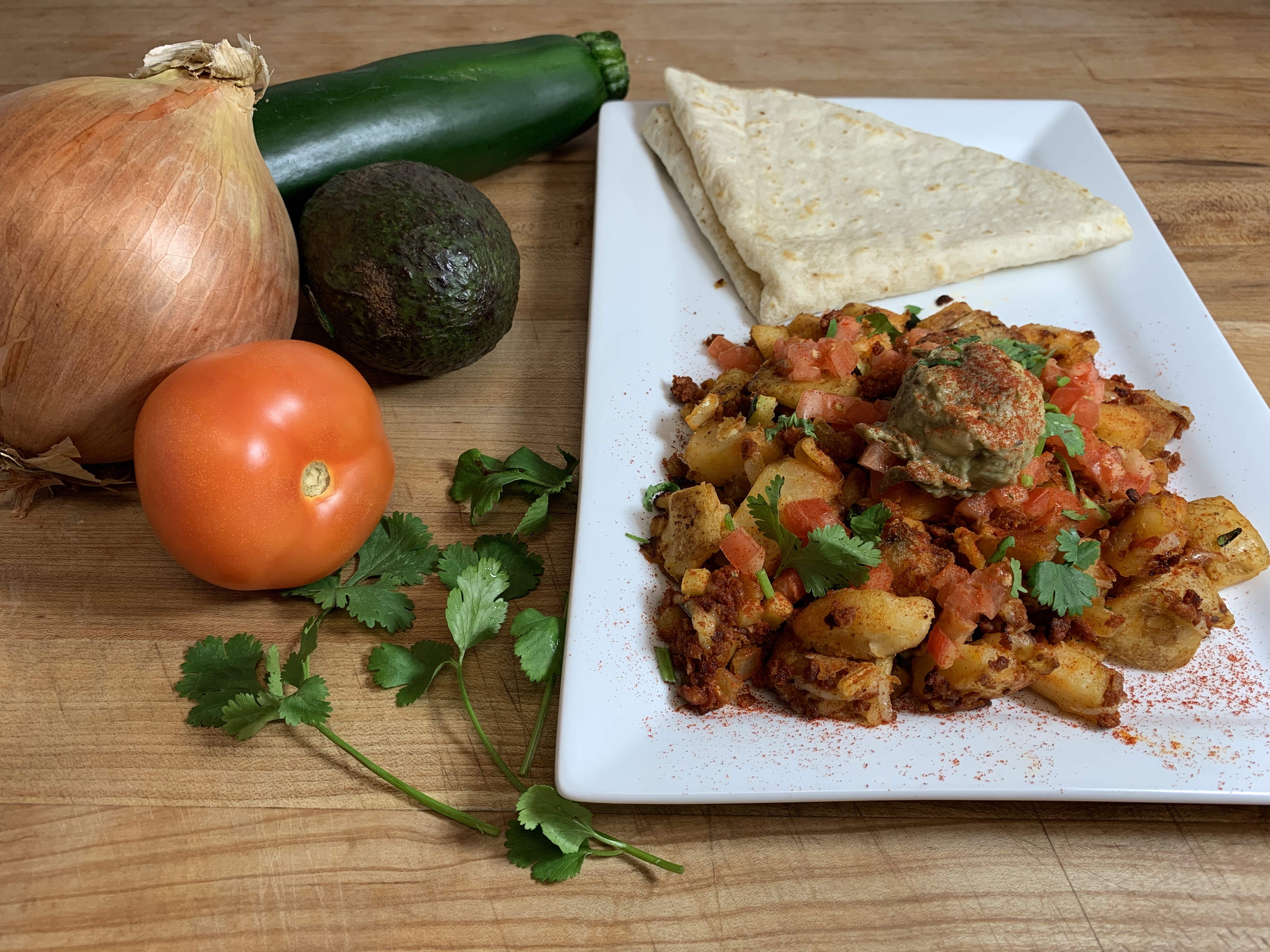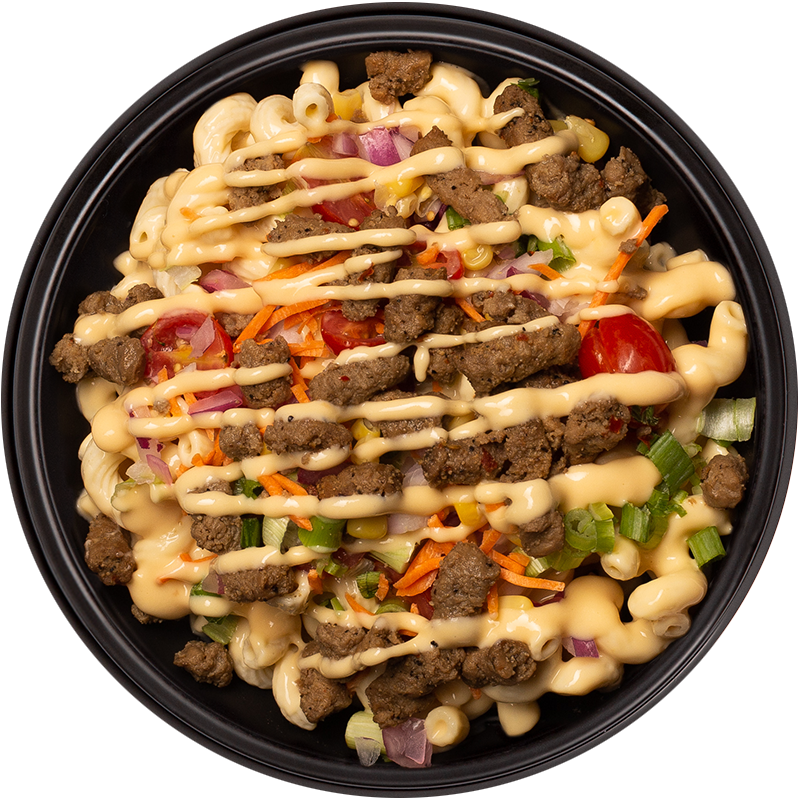Veganuary and Beyond: Capitalizing on Growing Plant-Based Trend
8 Min Read By MRM Staff
The evidence is clear: more restaurant guests are interested in plant-based and vegan menu items. Veganuary—the practice of going vegan for the first month of the year—began in 2014 and its numbers have doubled each year.
According to Tripleseat customers throughout the US, there was an increase in guests requesting a variety of plant-based or meatless fixings 2019, with many new plant-based options being offered.
Lightlife analyzed demand and found that 31 percent of Americans expect to try a flexitarian diet in the future. Within the next year, 22 percent of Americans see themselves eating more plant-based protein alternatives and currently, 62 percent of people say they expect to see plant-based protein alternatives in restaurants.
How can restaurants be responsive to their guests and capitalize on this growing lifestyle trend?
Data supplied by restaurant analytics platform Tenzo, found that vegetarian and vegan meals have seen a sales increase of 2.1 percent in the first week of January across fast casual and quick service restaurants in the UK as compared to the first week of December. However, some individual chains have seen an increase of up to six percent on their vegan offerings. Tenzo said this appears to occur when the restaurant has a larger variety of vegan dishes, showing that people like to have a choice of meals when dining out instead of just one or two options. This also indicates that people are choosing what restaurants they go to based on vegan options – meaning they peruse menus before choosing where to eat.
Tenzo added that restaurants and chains offering exclusively vegan options are seeing the same trends as those offering both vegetarian and vegan options, meaning that catering to the most proscriptive dietary choice may be the best idea. How can restaurants be responsive to their guests and capitalize on this growing lifestyle trend?
“To better provide for vegans and those with dietary restrictions, look at modifying what’s already on your menu,” said Allison Taylor, the Director of Brand Development and Training at Daily Jam. “Looking at what dishes or menu items that have no or less meat or can be easily swapped out with plant-based options for meat. If you aren’t ready to adjust your menu completely, you can ease into it by offering substitutions, adding in more vegetables and removing the meat, or pulling the cheese product to make a salad made up of only vegetables.”
At Daily Jam, Taylor looked into adding in vegan items that already fit the style of the menu and said substitutions were a great way for a restaurant to cater to guest desires.
“The restaurant already offers smoothies, and when they added the açaí smoothie as a vegan option, they brought in a vegan chocolate protein powder. This protein powder can be used as a substitute to help make other smoothies vegan. There are ways to make simple additions and modifications to the menu.”
How to cater to vegan customers without a vegan option on the menu: training is key.
“At Daily Jam all of the staff are taught the different diet restrictions, so that if someone has celiac for instance, the staff would be able to recommend menu items with slight changes to accommodate the customer,” Taylor said. “It’s key to make sure your staff is aware of what the different terms are be it vegan, gluten-free, paleo, etc. By offering the customer a modification, you create a stronger connection with that customer as opposed to telling them that you don’t have anything that will accommodate them.”
Daily Jam is featuring a vegan LTO for the month of January including Phoenix Saute, which is a mix of country potatoes, squash, onion, tomatoes, and Morning Star soy chorizo, served with avocado, cilantro, and a warm tortilla and Soyrizo Avocado Toast— thick cut artisan bread, avocado, tomatoes, and Morning Star chorizo topped with cilantro.

Many would not think a comfort-food classic like mac and cheese could be adapted for vegan palates, but fast-growing franchise I Heart Mac & Cheese recently launched new vegan menu plant-based options through a partnership with Beyond Meat, and created a homemade modified cheese sauce for vegetarian/vegan guests.

As part of his role as the brand’s corporate chef, Michael Blum was following dining trends and felt vegan items would be a good fit for the brand and a way to expand its customer base. So far, his hunch proven right and his sauce featuring a mix of coconut milk, nutritional yeast and a proprietary spice blend has been sought after by vegans and non-vegans alike.

“Working with Beyond Meat and having our own sauce enables us to offer a variety of vegan and plant-based options and be responsive to our guests and not just for Veganuary,” said Blum. “As a company, we want to be very inclusive and provide customization.”
One way chefs and restaurateurs can gather information on growing a plant-based menu is through continued education. Online culinary school Rouxbe launched a plant-based course designed especially for professionals looking to keep pace with the increased demand for plant-based menu options.
The new Rouxbe program was designed to help empower culinary teams to innovate menu options that support vegan, gluten-free, and other specialty diets. According to Rouxbe execs, by learning to apply fundamental plant-based techniques, kitchen staff can become equipped to produce incredible food that will draw the diners in and keep them coming back.
HUNGRY’s Chef Anthony Spino suggested switching up food items that have similar tastes/textures but are perfect for those who are vegan such as Jackfruit.

Spino grew up in a traditional Italian family and learned to cook in his family's Italian restaurant. When he moved to New York City, he changed his lifestyle to support a plant-based diet and worked in the kitchens of some of the vegan, plant-based & vegetarian chefs in the country, perfecting a whole new kind of cooking. He’s now focused on making those traditional Italian recipes using plant-based ingredients.
“Clearly marked vegan options on a menu make an enormous difference for people who want to choose plant-based dishes,” noted Cadry Nelson, a vegan food & travel writer at cadryskitchen.com. “Knowing which items are vegan as-is, and which can be prepared that way with a few simple swaps speeds up the ordering process. It also helps staff who may or may not be aware of all of the options available. That way during peak restaurant hours, there are fewer trips back to the kitchen to ask. Best of all, customers feel like their business is wanted. When vegans see a menu without designations, they wonder if the staff is aware of what 'vegan' means and if they are prepared to make dishes without animal products. "For more from Nelson on what restaurants have to gain by labeling vegan options, click here.
Her other tips:
Don’t alienate vegan by expecting them to pay more for less: “For example, I can't tell you how many times I've ordered an entree that usually comes with meat or dairy and asked staff to leave them off, but still had to pay the costs of those items,” Nelson said. “By either discounting for the items a customer isn't receiving or allowing them to add avocado or vegan meat/cheese for no additional cost, it feels a lot fairer to the customer.”
Go Beyond the Burger: “Now that Impossible Burger and Beyond Burger are becoming more widely available, those are easy to keep on hand for sandwiches. However, since so many businesses are using them, it's refreshing to see them used in non-burger applications – like tacos or meatballs. That gives a fresh way of serving them that isn't directly competing with the other businesses carrying those burgers," she said, advising to also have a vegan bun.
Vegans show up for interesting, filling, and satiating menu items: “Just like non-vegans, vegans like tacos, nachos, pizza, and sandwiches you can really sink your teeth into," Nelson added. "While salad, hummus, and pasta seem obvious, those aren't the kind of dishes that vegans go out of their way to get. Think about the menu items your non-vegan customers love, and then find a way to veganize them. As a vegan, it's really disappointing when I go to a restaurant with huge portions of comfort food, but their only vegan option is a sad pile of couscous.”
“It's easy for restaurant professionals to accommodate Veganuary diners,” said teen vegan chef Doris Zeger of Montclair, New Jersey. “The dishes that would be appropriate for these diners would make sense for restaurants to offer, and they aren't that different from what's on the restaurants' regular menus.”
Her suggestions include:
- Vegan pancakes/waffles on breakfast menus (there are lots of recipes that are available online)
- Lentil and bean-based soups
- Expanded selections of side dishes, such as roasted or grilled vegetable, potato, and rice dishes with no butter or cheese
- Meat dishes that use meat substitutes (Beyond Meat's burgers, ground meat, and sausages are a great choice)
- Vegan pizzas (restaurants can create their own almond milk mozzarella and clever toppings combinations)
Suzannah Gerber (Chef Suzi), executive chef and director of Haven Foods— restaurant, food, and medical industry consultant, and author of Plant Based Gourmet, offered a number of tips for restaurateurs.
- Have a small printed vegan menu if you can, but make sure vegan options are on menus too. Finding them easier, especially because Veganuary consumers are new to vegan options will take the stress out of dining and make your restaurant a go to option all month and thereafter.
- Look to your sides- you have had vegan options all along, start combining veggie sides into tapas, Meze and other plant-forward dishes to maximize space prep and ordering methods you already employ.
- Consider a simple swap out- sourcing a vegan butter like earth balance, a vegan mayo like Veganaise, and converting a couple staple sauces and condiments to vegan options like ranch or whip cream can open an entire set of options. Suddenly all aioli dishes are vegan friendly and you don’t need to prep two.
- Look to your gluten free options and veganize them. Going for maximum impact with gluten free vegan items means you are targeting huge sections of your consumers with the same dishes.
Innovative Dining Group’s Los Angeles restaurants BOA Steakhouse, Katana Los Angeles, Sushi Roku and ROKU West Hollywood all provide extended vegan menu options in addition to their regular menu.
Lee Maen, partner/founder at IDG said, “More and more people are going vegan or thinking about it, and L.A. is a hot spot for that. We saw the demand from both vegans and people who just want to try it out, and we said, ‘Why not offer them the BOA experience?’”
BOA Steakhouse recently debuted all-new vegan dishes on their menu including a Cauliflower “Chicken” Milanese and Nidi Bolognese in addition to their An Impossible L.A. Classic Burger. Their plant-based section was so well received that IDG expanded their menu by incorporating more plant-based dishes at their Japanese themed concepts which offer a vegan omakase menu featuring vegan nigiri, vegan sushi rolls and other plant-based dishes.
Oregon-based Coconut Bliss, which has been creating organic, plant-based ice cream since 2005, begun working with a number of fast-casual restaurants in order to provide customers vegan dessert options.
For example, Coconut Bliss had the opportunity to partner with Pacific Northwest restaurant chain Burgerville in the past year to create plant-based Bliss Shakes for their customers. Customers can now order any existing shake flavor as a dairy-free shake without paying extra.
“We expected customers to love this option, but we didn’t foresee just how popular the Bliss Shake would become,” Kim Gibson Clark, President and CEO of Coconut Bliss “Because of partnerships with fast-casual companies like Burgerville, Coconut Bliss has found that providing plant-based dessert options at restaurants is not only widely popular, but increasingly expected.”
In 2019, the company’s restaurant distribution program performed 232 percent over projections with the entire food service program up 190 percent.
“Because of this sweeping success, our focus has changed from concentrating solely on vying for shelf space with grocery retailers,” added Clark. “We are now actively seeking new restaurant partners to appeal to this new wave of restaurant customers.”
This infographic from NowSourcing outlines the rising popularity, health benefits, and environmental impact of whole food, plant-based diets.


